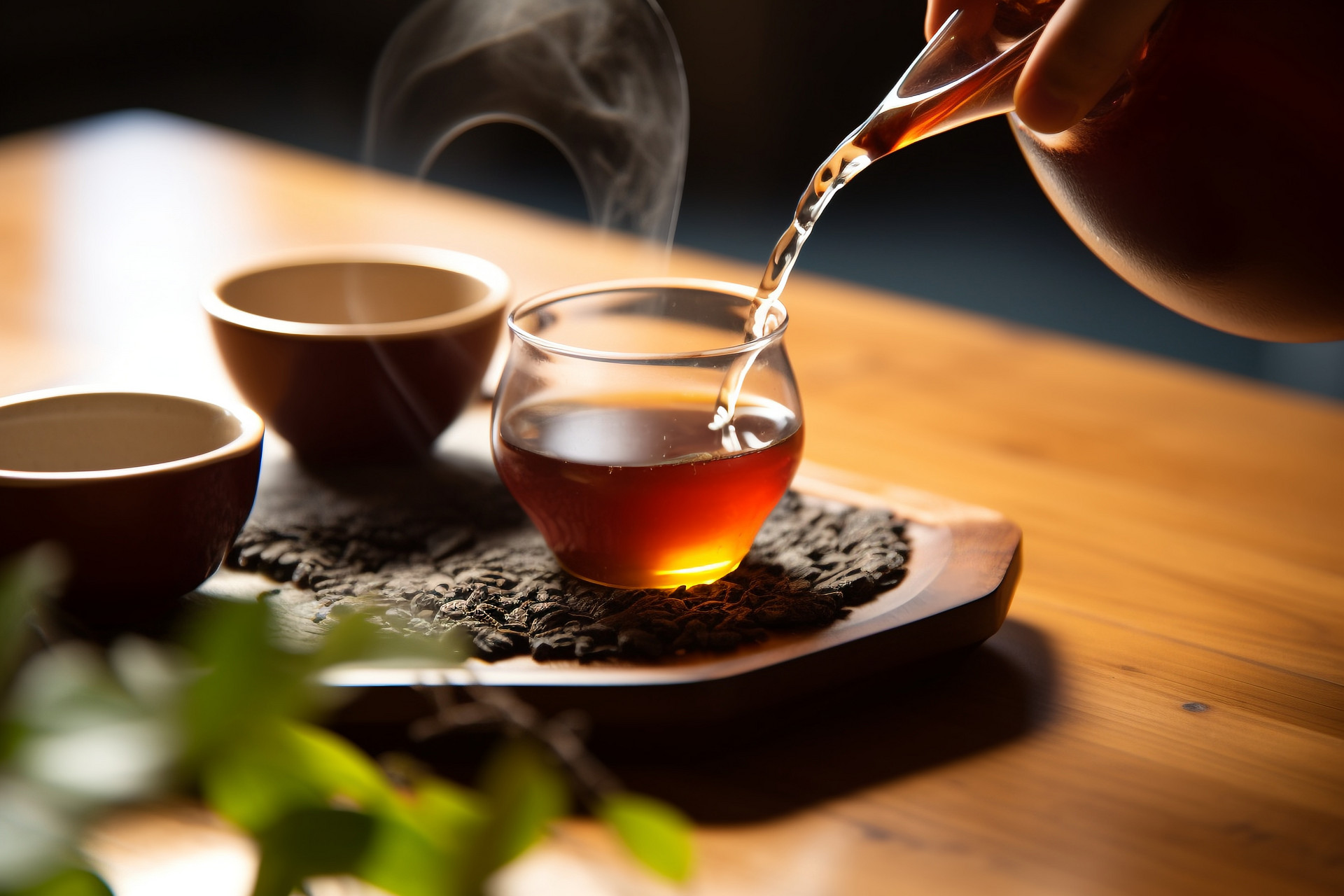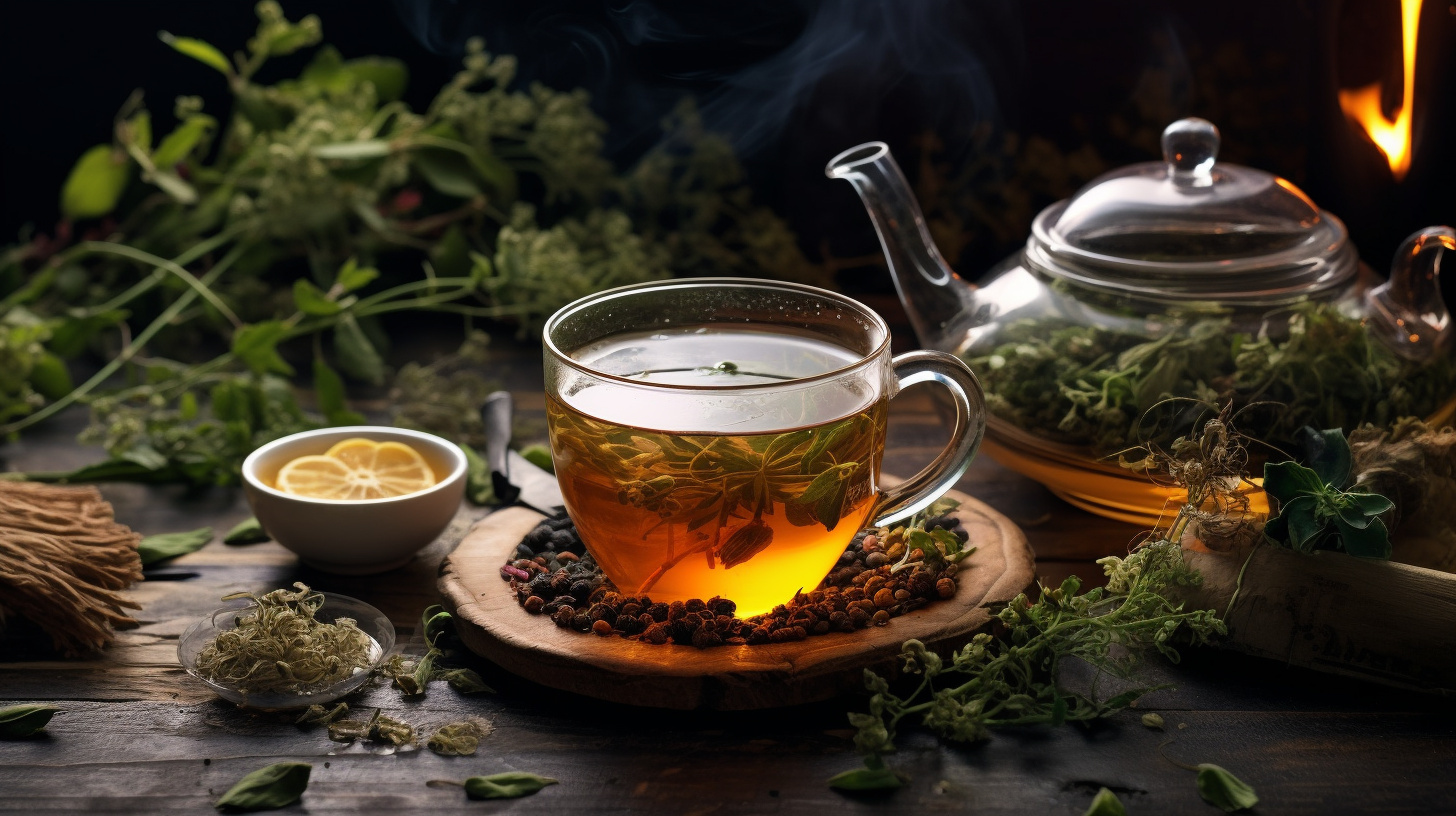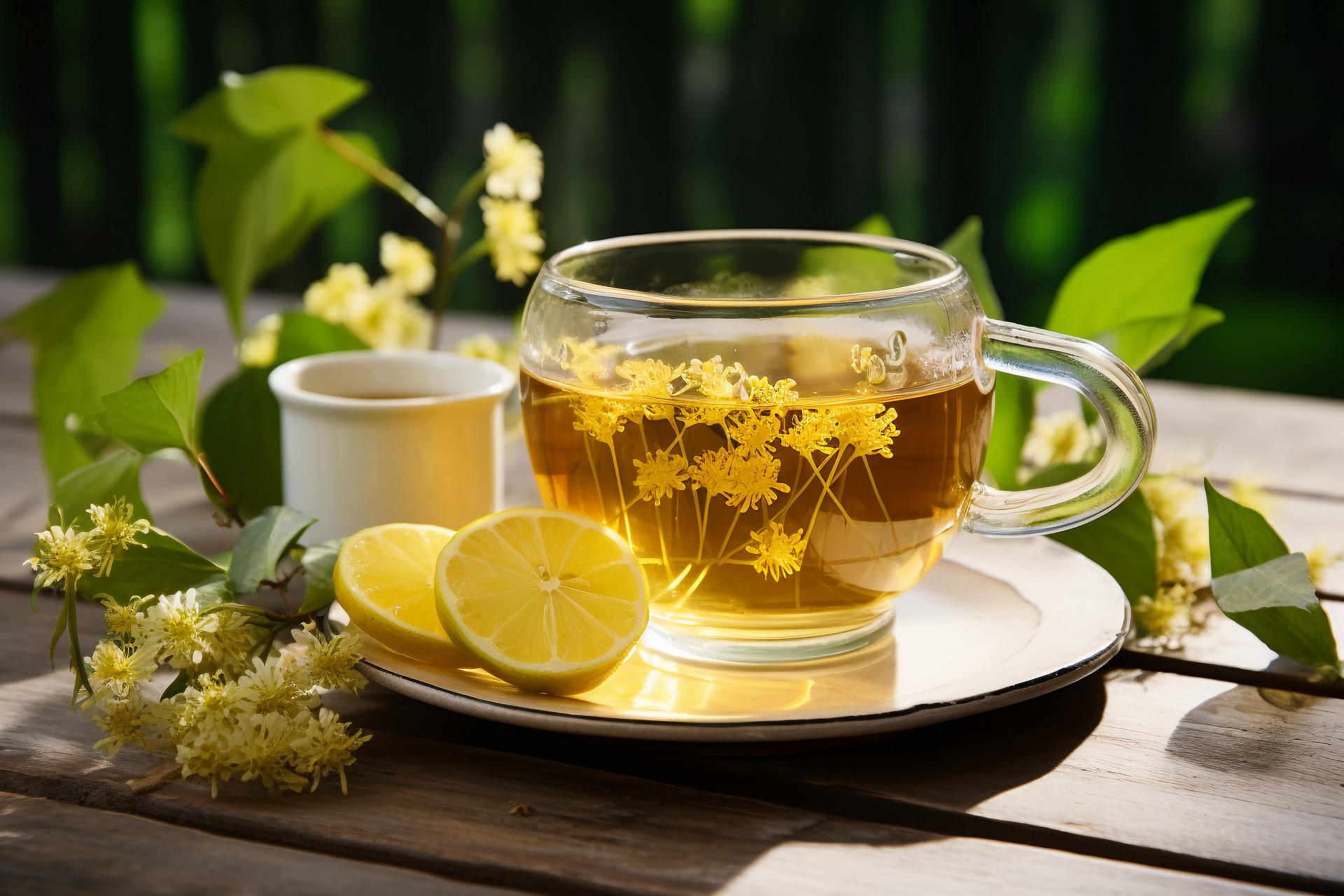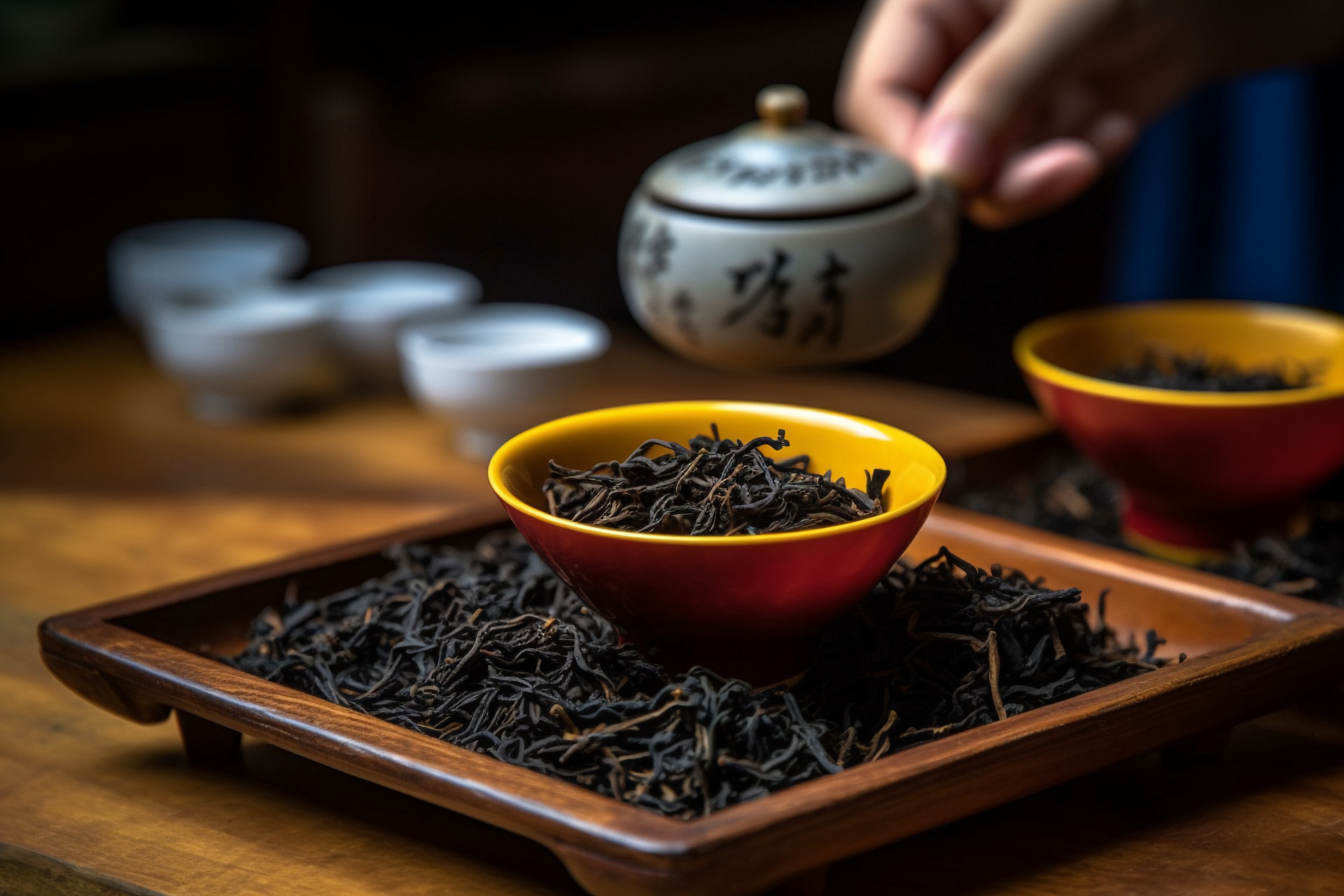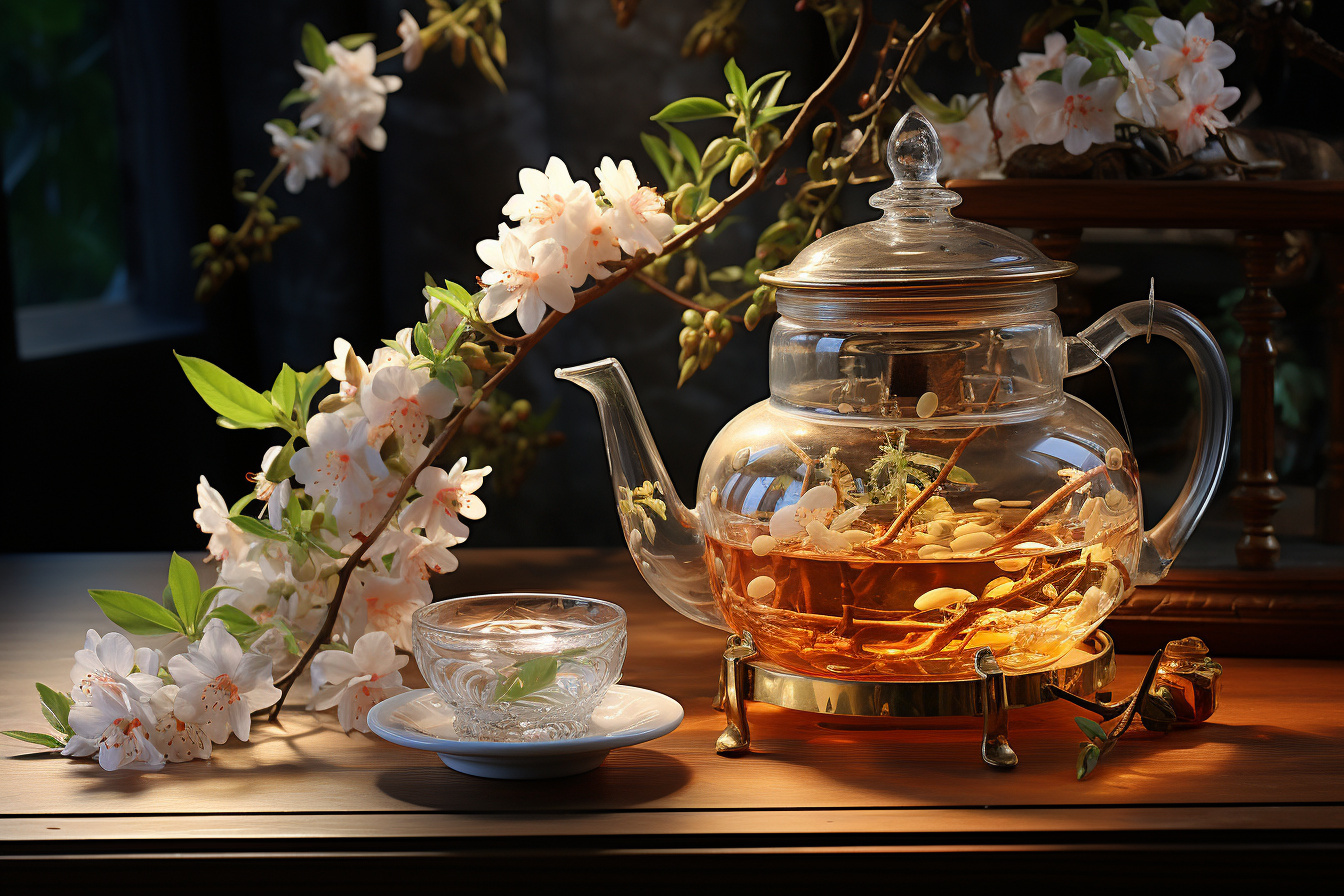There are many varieties of tea in the world, such as Japanese green tea, Western black tea, and Chinese oolong tea, to name a few. From a botanical perspective, all types of tea, including the tea tree and tea leaves, are the same. The difference lies in their processing methods, specifically the degree of fermentation of the tea leaves.
Green tea is a non-fermented tea where the fermentation process is completely stopped by steaming or heating the tea leaves. On the other hand, black tea is a fully fermented tea where the tea leaves undergo 100% fermentation. Oolong tea is a semi-fermented tea where the fermentation process is stopped when the tea leaves are about 50% fermented, placing it between green tea and black tea in terms of degree of fermentation. It has been analyzed that tea leaves have different effects, not only for weight loss but also for preventing and treating cancer, diabetes, and arteriosclerosis. This is because tea leaves contain various organic compounds such as caffeine, theaflavins, phenolic compounds, and aromatic compounds, totaling more than 450 types, as well as over 20 inorganic minerals. Caffeine promotes blood circulation, stimulates the central nervous system, and has a diuretic effect. Aromatic compounds dissolve fat, aid digestion, detoxify, and promote weight loss and beauty. Therefore, regularly drinking tea has many benefits.


![[The Risks of Eating Hawthorn During Pregnancy]](https://tcmmaintenance.com/uploads/20240715/97742b67f97f94c495ae1389337c5c41.jpg)
